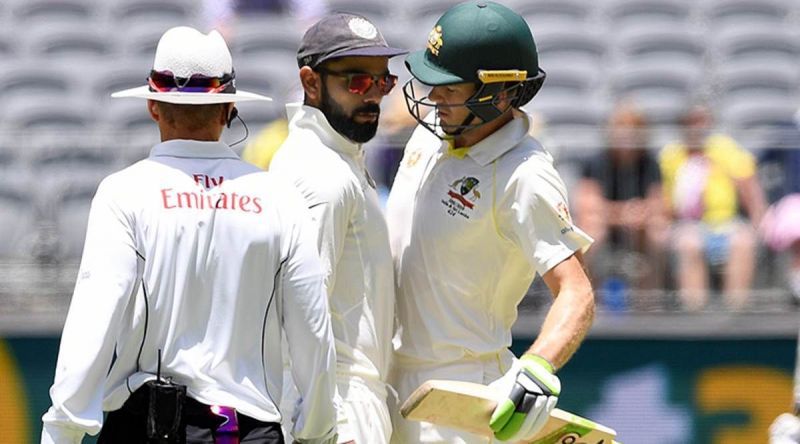
3 reasons why Border-Gavaskar Trophy is India's biggest rivalry of late
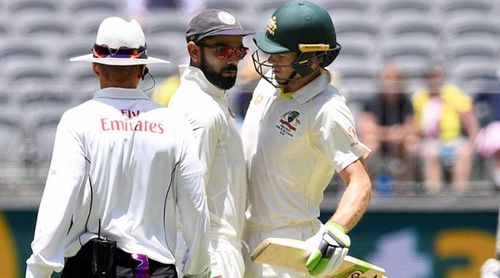
As Ravichandran Ashwin and Hanuma Vihari blocked ball after ball to secure an improbable draw for India in Sydney, the Border-Gavaskar Trophy was pushed to the decider in Brisbane. It became the third successive Test series between India and Australia to go down to the final Test for its result. Intriguingly, the results so far have been quite similar to Australia's tour of India in 2016-17, where India won the decider in Dharamsala to take the series.
The multitude of injuries faced by the visitors have thickened the air around what is already the most closely followed Indian rivalry. While contests with Pakistan attract eyeballs whenever they happen, they are often very few and far in between. So why don't clashes with other major Test playing nations, such as England, New Zealand or South Africa, rile up Indian fans the same way as these series?
The answer comes down to a few factors. While each of these are not unique, the combination of them ensures the Border-Gavaskar Trophy stands above the rest in its importance. Here are three reasons why India's most closely contested rivalry in the past few years has a special place among other such contests.
#3 History of sledging and foul play
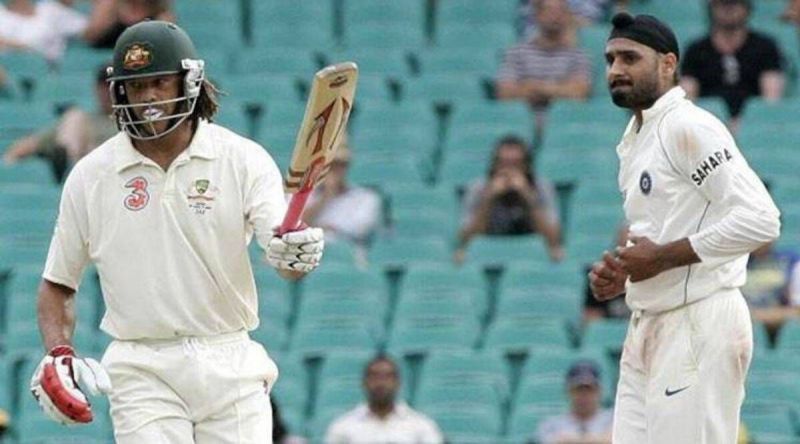
Touring teams Down Under have for years been subject to the worst forms of chatter, often leading to ugly on-and-off-field brawls. Apart from the bouncer barrages and quick bowling that one could expect from the Aussies, Indian teams were involved in a few such incidents, the most recent one being the exchange between Tim Paine and Ravichandran Ashwin picked up by the stump mic. Tensions did hit a high when Harbhajan Singh and Andrew Symonds were involved in the "Monkeygate" episode in 2008.
One may have expected Australia's "culture review" after the "Sandpapergate" scandal to change the behaviour of the team. Clearly, however, that has not changed for good, with Aussie greats of the past such as Glenn McGrath more than content to see chatter on the field.
Another aspect that strained India-Australia cricketing ties was the continuous allegation of foul play over the years, mostly with Steve Smith at the centre. What started with an infamous "brain-fade" moment, and Virat Kohli's subsequent comment, led to more criticism of Sandpapergate and the branding of Smith and David Warner as just short of cheats. Not too long back, Smith was caught on air trying to change the batting guard of Rishabh Pant at the crease, which he and his teammates tried unconvincingly to defend. From the Indian side, the Mankading episode and Sunil Gavaskar's threat of forfeiture remain in public memory.
#2 Popularity of Australian stars in India
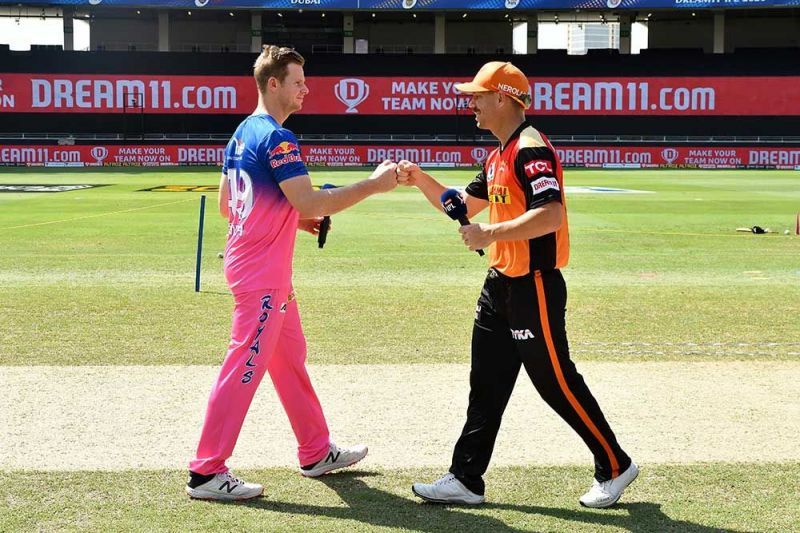
While the BCCI still prohibits centrally and domestically contracted Indians from competing in overseas leagues, thus depriving Australians fans of India's best in the Big Bash League. Indian fans have never had that issue, with Australian stars gracing the Indian Premier League (IPL) right from the inaugural editions. The late entry of English players to the league deterred them from forming the same early connection with Indian fans, while West Indians and South African players are quite popular for this reason.
Yesteryear stars such as Shane Warne, Brett Lee, Ricky Ponting, Adam Gilchrist and Mitchell Johnson became central figures for their respective franchises, with some relevant as mentors even today. As of the current team, all of the pace troika of Mitchell Starc, Josh Hazlewood and Pat Cummins have played and done well for their sides. Steve Smith and David Warner are IPL captains today, while the likes of Glenn Maxwell and Shaun Marsh have divided opinion while always being labelled as big-ticket players. The performances of these players in the international arena therefore naturally gets fans excited.
#1 Dominance of both teams in the Test arena
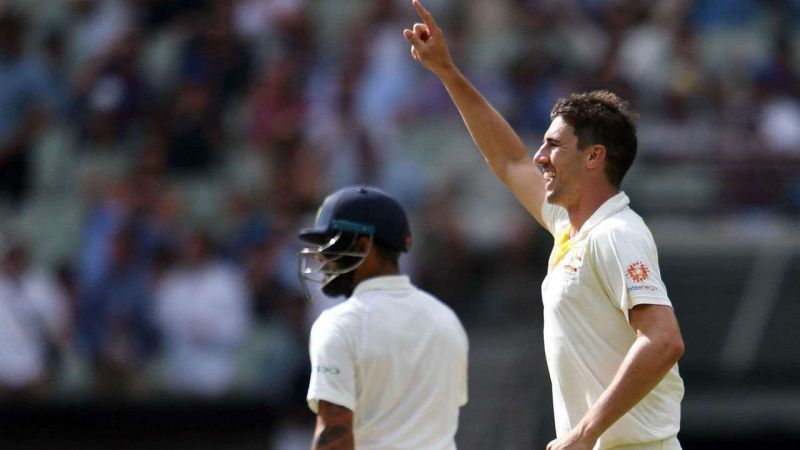
To become successful, any team needs to have players with good records in a host of conditions. Yesteryear Indian teams were often regarded as poor travellers, not only because they would not have the fitness to stay competitive over a number of long overseas tours, but because they did not have the kind of balance to succeed consistently on wickets different from the ones played on at home.
Australia has hardly had this problem - Aussie spinners who grow up bowling on wickets with little assistance only do better on turning tracks, while swing and seam movement in other parts of the world allows the quicks to thrive. The changed characteristic of most Indian pitches to become "true" has allowed India an influx of talent comfortable with playing on pitches with less assistance for spin in particular.
While India has had batsmen who could make the shift, the bowling department has been significantly spruced up by the entry of 140+ kmph bowlers and spinners with a variety of tricks even for tracks with little turn. The dominance of players like Jasprit Bumrah and R Ashwin in various conditions, coupled with the good record of some of India's batsmen in Australia, adds a much greater competitive edge to the Border-Gavaskar series in recent years as the skillsets of both sides are quite evenly matched.